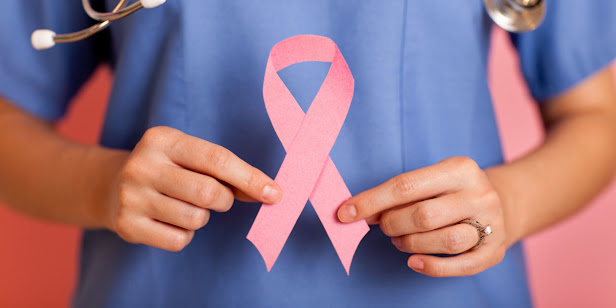Several blood tests can help detect breast cancer, including the commonly-known mammogram. Still, some lesser-known ones play an important role in catching and identifying cancer before it spreads. Here are seven facts you didn't know about blood tests for breast cancer.
1) The mammogram
One of the
most popular breast cancer tests, a mammogram, is an X-ray of your breasts to
search for signs of disease. It's also one of three breast cancer tests you
should receive each year to catch any abnormalities as early as possible.
If your
doctor recommends a mammogram, ask when and where it can be performed. Many
clinics offer same-day services, so there's no need to schedule anything far in
advance.
2) The
ultrasound
Ultrasound
is a test where sound waves are sent through your breast tissue to get a better
view of your lymph nodes. This test requires no needles or cutting and is
completely painless, making it ideal for those with more sensitive skin.
But there's
one downside: you can't get one on your own! It would help if you visited a
medical facility to get an ultrasound done in Chughtai lab Lahore and get chughtai lab
online reports.
3) The MRI
An MRI
stands for Magnetic Resonance Imaging. This is a medical procedure that allows
doctors to look at different parts of your body. It's non-invasive and requires
no incisions; instead, MRI machines use very strong magnets and radio
frequencies to create detailed images of your body on a computer screen. MRIs
are often used with other procedures, such as mammograms or biopsies.
4)
Clinical Breast Exam
A clinical
breast exam is a physical exam during which a healthcare professional checks
your breasts for any abnormalities. During a clinical breast exam, you lie on
your back and place one hand behind your head while extending and exposing each
arm.
A licensed healthcare
professional will then carefully examine both of your breasts using
their hands. In some cases, they may use a special tool to do an internal
examination of one or both of your breasts, particularly if you have dense
tissue that can hide cancer cells from view.
5) Fine
Needle Aspiration Cytology
Fine needle
aspiration cytology is a way to test cells from a lump in your breast. The test
uses a very thin needle to remove cells from your breast, then looked at under a
microscope by a doctor or cytopathologist.
If they
contain cancerous cells, we can test them to determine what type of cancer it
is. This gives you more information about how advanced your cancer is and helps
doctors decide if you need further treatment, such as chemotherapy and
radiotherapy.
6)
Stereotactic Biopsy
Doctors use
a stereotactic biopsy to remove pieces of breast tissue
during surgery. The biopsy uses a needle guided by ultrasound to
pinpoint and remove small tissue sections from the tumor.
This biopsy
is usually done during a lumpectomy but can also use after a mastectomy. A
pathologist examines these samples under a microscope, checking for cancer
cells and healthy breast tissue cells.
7)
Infrared Thermography
Chughtai lab
has launched its online lab-testing facility in Pakistan. It allows the testing
of reports from anywhere via a smartphone. People can access the latest
technology without being required to go to a hospital or a doctor's clinic.
This innovation can help people save precious time and travel costs as well. People will have direct access to their test results through an app available on both Android and IOS phones.













0 Comments